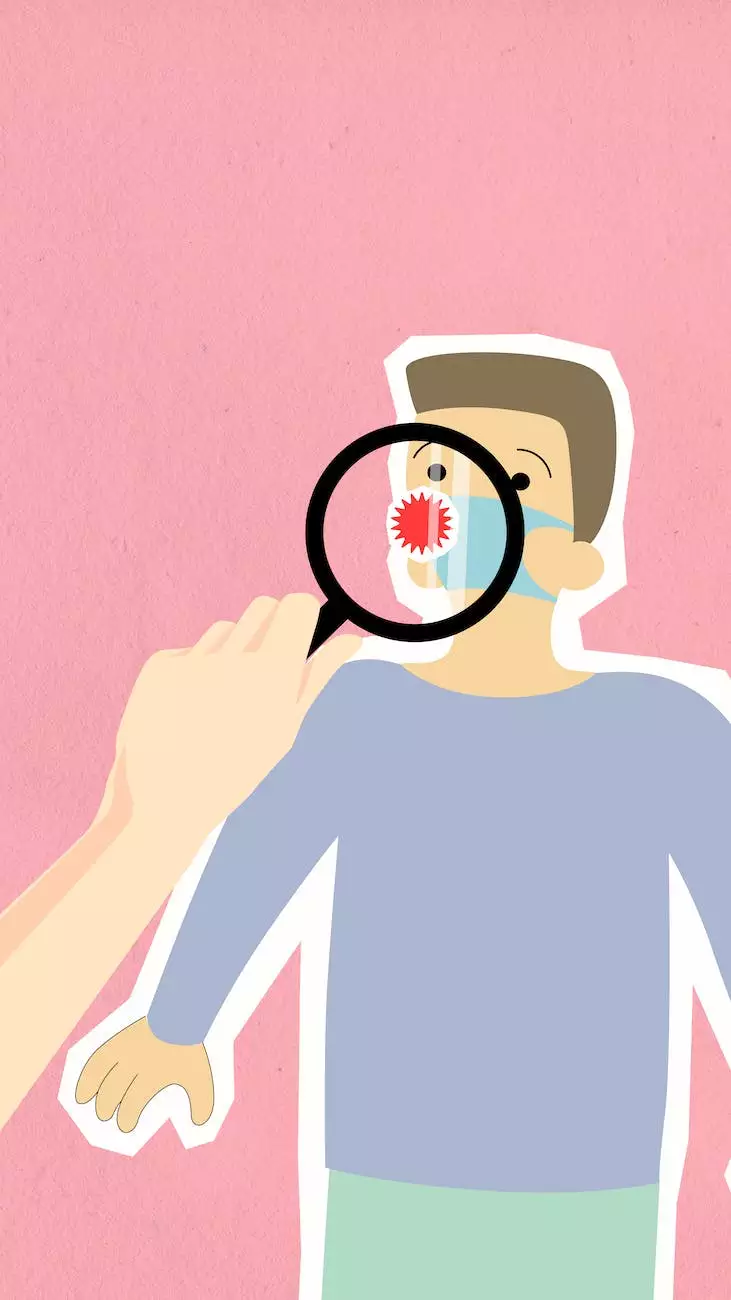UTI (Urinary Tract Infection)
Conditions
Understanding UTIs
A urinary tract infection (UTI) is a common bacterial infection that affects the urinary system, primarily the bladder and urethra. UTIs can occur in both men and women, but they are more prevalent in women due to their shorter urethra, which allows bacteria to reach the bladder more easily.
Symptoms and Signs
Recognizing the symptoms of a UTI is crucial in seeking timely medical attention for diagnosis and treatment. Common symptoms include:
- Increased urgency: Feeling the need to urinate more frequently or urgently
- Burning sensation: Experiencing pain or a burning sensation during urination
- Cloudy or strong-smelling urine: Noticing unusual changes in urine appearance or smell
- Lower abdominal pain: Feeling discomfort or pressure in the lower abdomen
- Blood in urine: Observing pink, red, or brown-colored urine
Causes of UTIs
UTIs occur when bacteria, usually from the digestive or vaginal tract, enter and multiply in the urinary system. Common causes and risk factors include:
- Bacterial transfer: Bacteria may enter the urethra during sexual intercourse, promoting UTI development
- Urinary tract abnormalities: Structural or functional abnormalities in the urinary system can increase infection risk
- Poor hygiene: Insufficient personal hygiene practices can lead to bacterial accumulation and UTI development
- Menopause: Hormonal changes during menopause can make the urinary tract more susceptible to infections
Prevention Strategies
Preventing UTIs is vital to maintaining urinary system health. Here are some helpful strategies:
- Stay hydrated: Drink plenty of water to promote frequent urination and flush out bacteria
- Practice good hygiene: Keep the genital area clean and opt for front-to-back wiping after using the toilet
- Urinate before and after sexual activity: Emptying the bladder before and after intercourse helps reduce bacterial transfer
- Avoid irritating products: Minimize the use of feminine hygiene sprays, douches, and harsh soaps that can disrupt the natural balance of the urinary system
- Wear breathable underwear: Opt for cotton underwear to allow proper airflow and reduce moisture accumulation
Diagnosis and Treatment
Diagnosing a UTI involves a combination of physical examination, medical history assessment, and laboratory tests. Tests may include urine analysis, urine culture, and imaging studies.
If diagnosed with a UTI, treatment options depend on the severity and location of the infection. Common treatments include:
- Antibiotics: Prescribed to kill the bacteria responsible for the infection
- Pain relief medication: To alleviate discomfort during urination
- Increased fluid intake: Promotes hydration and helps flush out bacteria
When to Seek Medical Attention
While mild UTIs can sometimes resolve on their own, it is essential to seek medical attention if:
- The symptoms worsen or persist beyond a few days
- Fever accompanied by chills or back pain develops
- Pregnant or breastfeeding
- Recurrent or multiple UTIs occur within a short period
Conclusion
Understanding UTIs, their symptoms, causes, prevention strategies, and available treatment options is crucial for individuals seeking reliable information. At Nasseri Medical Centre & Medspa, we provide comprehensive information and guidance to help you make informed decisions about your urinary tract health. Consult with our experienced medical professionals for accurate diagnosis and personalized treatment plans.










